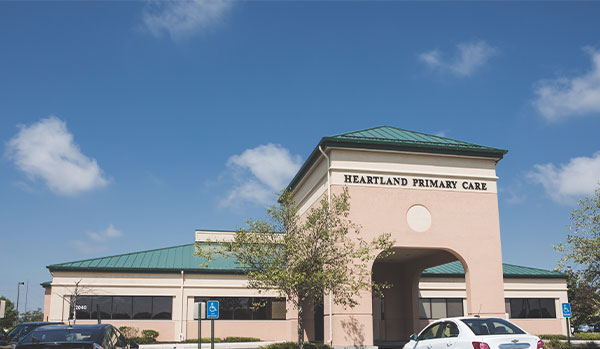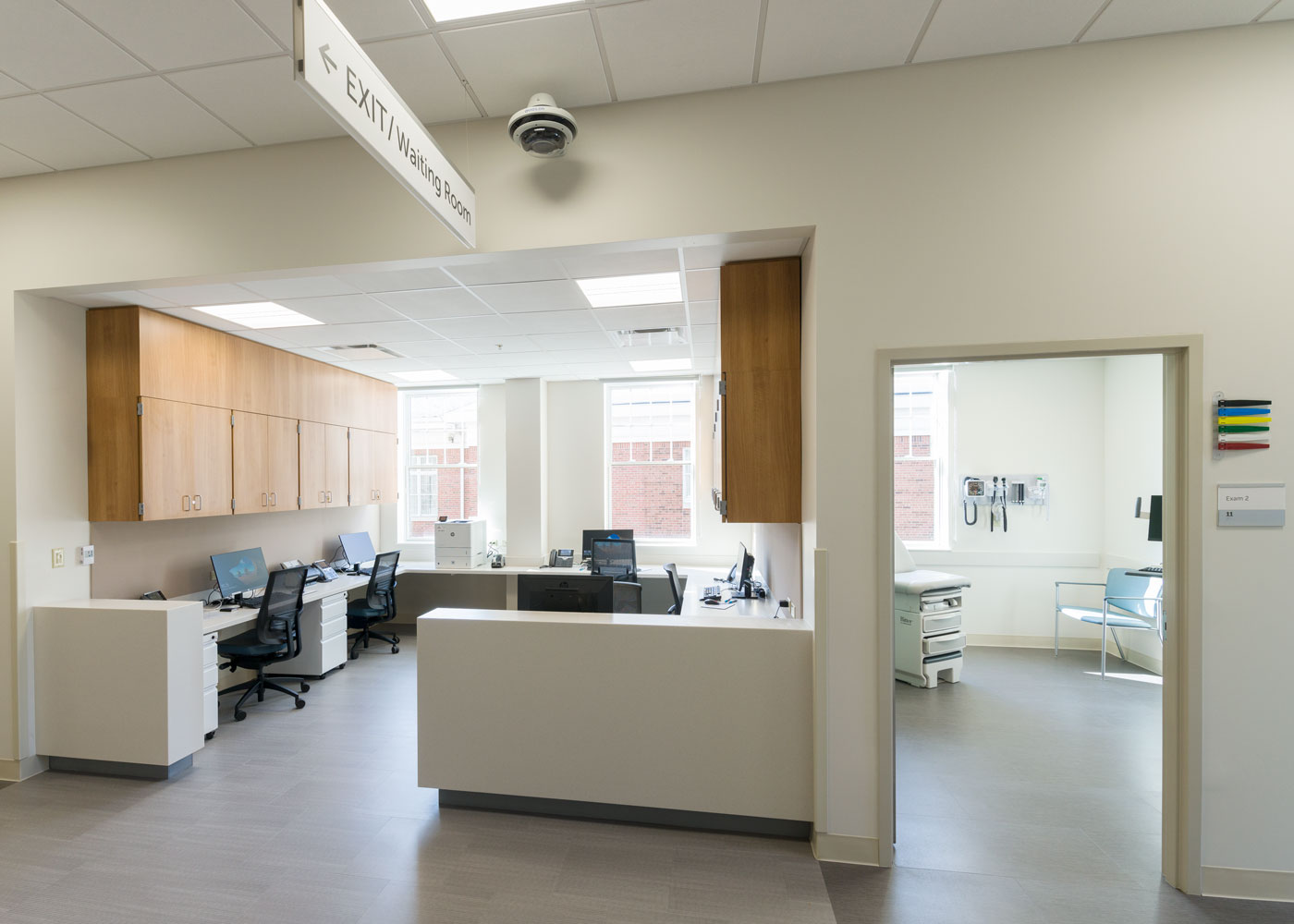Exactly How Urgent Treatment Clinics Enhance Accessibility to Healthcare for Patients With Immediate yet Non-Emergent Medical Demands
Urgent care facilities have emerged as an essential component in the medical care landscape, resolving the requirements of clients who call for prompt focus for non-emergent problems. By operating beyond standard office hours and offering a structured method to small injuries and health problems, these facilities not just minimize the concern on emergency situation divisions but additionally improve overall person access to timely treatment. As we think about the implications of this model, it ends up being important to analyze just how urgent treatment clinics are changing client experiences and end results in manner ins which warrant more expedition.
Role of Urgent Care Clinics
Immediate treatment centers play an essential duty in the medical care system by providing obtainable and instant medical solutions for non-life-threatening conditions. These centers serve as a crucial bridge between main treatment companies and emergency situation departments, successfully easing the problem on medical facilities while guaranteeing individuals obtain timely care. By operating expanded hours, including weekends and nights, immediate treatment clinics deal with people who may not have the flexibility to see a typical doctor's workplace during basic service hours.
The range of solutions supplied at urgent care facilities includes treatment for minor injuries, diseases, and diagnostic services such as X-rays and lab examinations. This breadth of treatment permits people to address a variety of health concerns without the long wait times generally related to emergency spaces. Moreover, immediate care centers typically utilize a diverse team of medical care specialists, including medical professionals, registered nurse professionals, and doctor assistants, who are equipped to handle various medical scenarios.
Benefits of Immediate Accessibility

Furthermore, instant access reduces the burden on medical care providers and emergency situation divisions by diverting less important situations to suitable settings. This alleviates congestion in emergency clinic, permitting those with real emergencies to obtain the immediate care they require without unneeded delays.
In addition, the comfort of extended hours and walk-in schedule indicates that clients can seek treatment without the requirement for appointments, which is specifically useful for individuals with uncertain schedules or those that may experience abrupt wellness problems. - Urgent Care
The accessibility of immediate care centers fosters a positive approach to health and wellness, encouraging individuals to seek clinical guidance and therapy sooner instead of later. This not only boosts client satisfaction yet also advertises a society of precautionary treatment, ultimately bring about healthier neighborhoods.
Contrast With Emergency Clinic
Regularly, people find themselves unclear whether to visit an urgent treatment facility or an emergency situation area when encountered with a clinical problem. Immediate care centers are created to attend to non-emergent however instant medical concerns, such as small injuries, infections, or ailments.
On the other hand, emergency situation areas are equipped to take care of life-threatening situations and extreme clinical emergency situations, such as cardiac arrest, strokes, or major trauma. These facilities supply innovative diagnostic tools and specialist consultations, which can bring about much longer wait times for clients with much less critical problems. On standard, emergency clinic tend to be more pricey than urgent treatment clinics, making immediate care a more cost-efficient choice for non-emergent needs.
Inevitably, while both urgent care centers and emergency clinic play vital duties in the health care system, understanding their corresponding functions permits clients to pick the proper setting based on the necessity and nature of their medical concerns.
Services Supplied by Urgent Care
Immediate care centers provide a large range of solutions tailored to attend to non-emergent medical requirements, making them a hassle-free choice for people seeking timely focus. These facilities are equipped to deal with numerous conditions, including small cracks, sprains, and lacerations, which need prompt care but do not necessitate emergency situation space treatment.
In addition, urgent treatment clinics supply diagnostic solutions such as X-rays and laboratory examinations, enabling quicker assessment and treatment of ailments. Patients commonly existing with typical disorders like colds, influenza, and infections, which can be efficiently handled on-site. Immediate treatment facilities regularly provide precautionary services, including vaccinations and health and wellness screenings, contributing to general public health and wellness.
One more crucial solution supplied is the management of persistent problems aggravated by intense signs and symptoms, such look at here now as bronchial asthma or diabetes mellitus, ensuring people obtain prompt treatment without frustrating emergency services. Numerous clinics also prolong their hours past typical workplace timetables, boosting accessibility for people that may require care throughout nights or weekends.
Improving Patient End Results

Urgent treatment clinics are furnished to manage a range of non-emergent clinical concerns, consisting of small injuries, infections, and illnesses. Their emphasis on available, premium care allows people to get suitable therapies and preventative services, promoting better wellness administration. Furthermore, these clinics commonly employ a multidisciplinary strategy, integrating numerous healthcare experts to make sure detailed treatment.
Patient education is also a vital component of boosting end results. Urgent treatment service providers often use assistance on follow-up care, precautionary steps, and way of living adjustments, encouraging individuals to take an energetic duty in their wellness. Subsequently, the combination of immediate access, professional care, and client education not just boosts complete satisfaction but additionally causes boosted lasting wellness results, reinforcing the worth of immediate care facilities in the medical care continuum.
Conclusion
In summary, immediate treatment centers offer a crucial duty in improving medical care gain access to visit the website for patients with prompt, non-emergent clinical demands. By providing prompt solutions outside standard office hours and lowering wait times, these facilities efficiently minimize pressure on emergency clinic. The variety of services used adds to improved client results, promoting positive wellness administration. Eventually, immediate care facilities are crucial in connecting the void between main treatment and emergency situation services, guaranteeing reliable and obtainable healthcare for areas.
On standard, emergency areas tend to be much more expensive than immediate care facilities, making immediate care a more economical option for non-emergent demands. (Urgent Care)

Eventually, immediate treatment facilities are vital in connecting the space in between key treatment and emergency solutions, guaranteeing easily accessible and reliable medical care for communities.